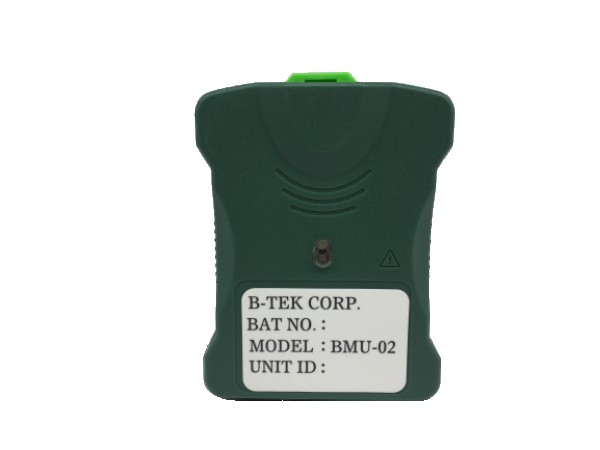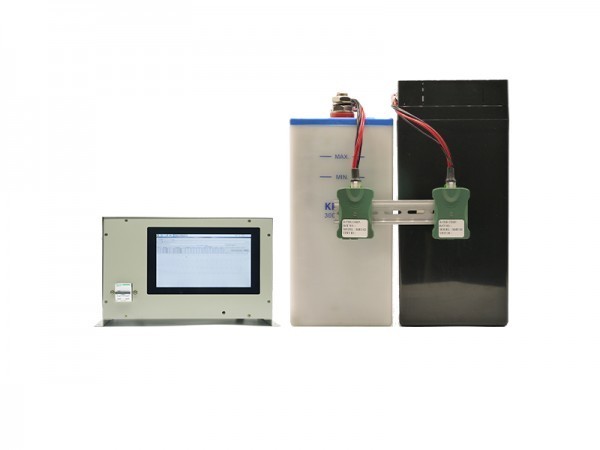BMU (Battery Monitoring Unit)
Battery monitoring Unit (BMU) is designed and manufactured in Taiwan by B-TEK CORP. By combining the battery testing experiences over 200,000 industrial batteries with advanced testing technology and successfully developed the BMU. With L type and H type, the BMU enables to measure the electrical parameters and the temperature of stationary batteries from 1.2V to 12V.
Application:
Stationary batteries/ UPS/ SMR/ DC charger/ DC bank
For 1.2V/2V/4V/6V/12V Lead Acid (VRLA,VLA)/Lithium/NiCd/ NiMH Battery
Applicable industry:
Measuring and control equipment industry/ electrical equipment industry/ power generation, transmission and distribution machinery industry, battery manufacturing and so on.
Application:
Stationary batteries/ UPS/ SMR/ DC charger/ DC bank
For 1.2V/2V/4V/6V/12V Lead Acid (VRLA,VLA)/Lithium/NiCd/ NiMH Battery
Applicable industry:
Measuring and control equipment industry/ electrical equipment industry/ power generation, transmission and distribution machinery industry, battery manufacturing and so on.

